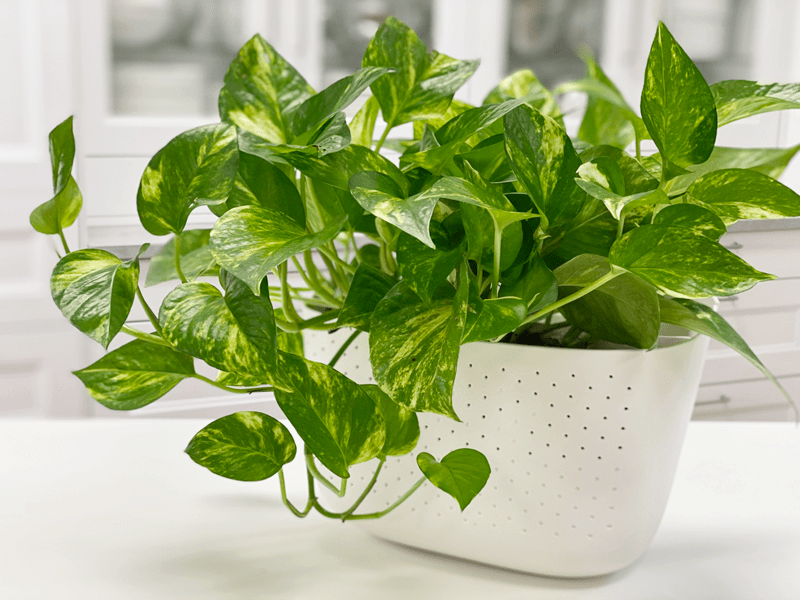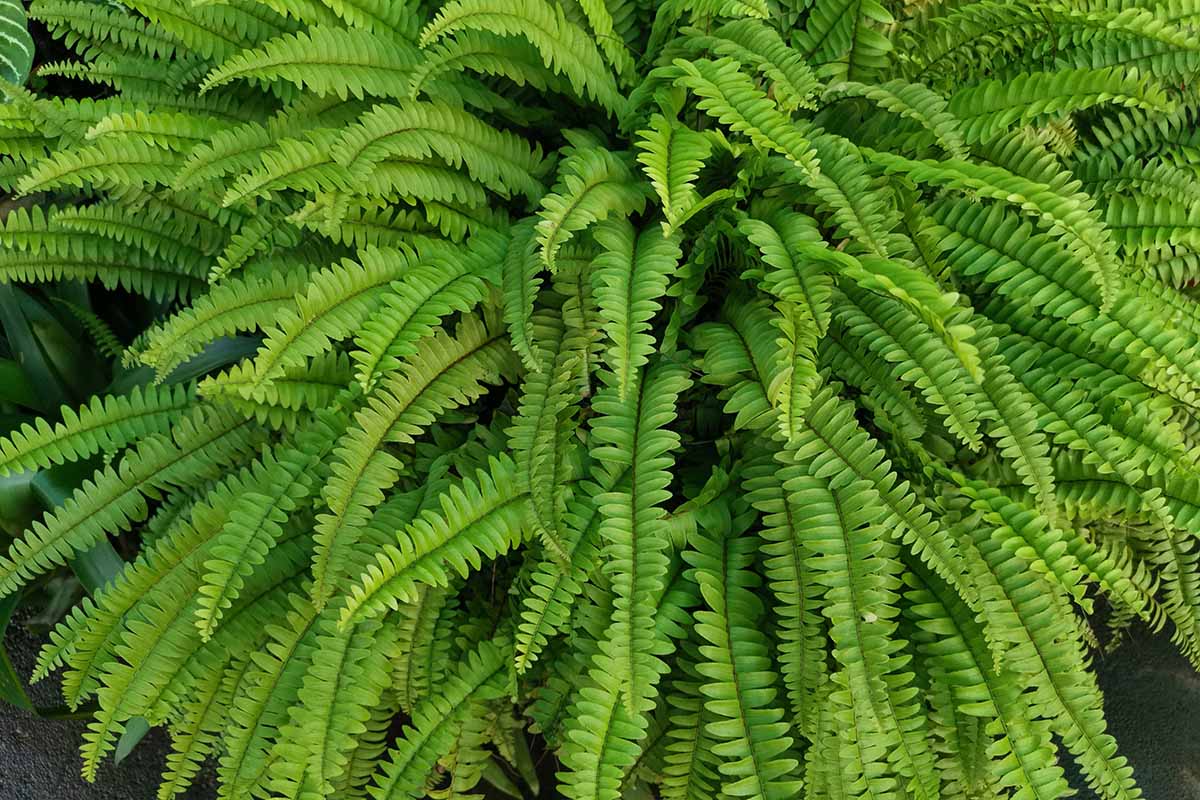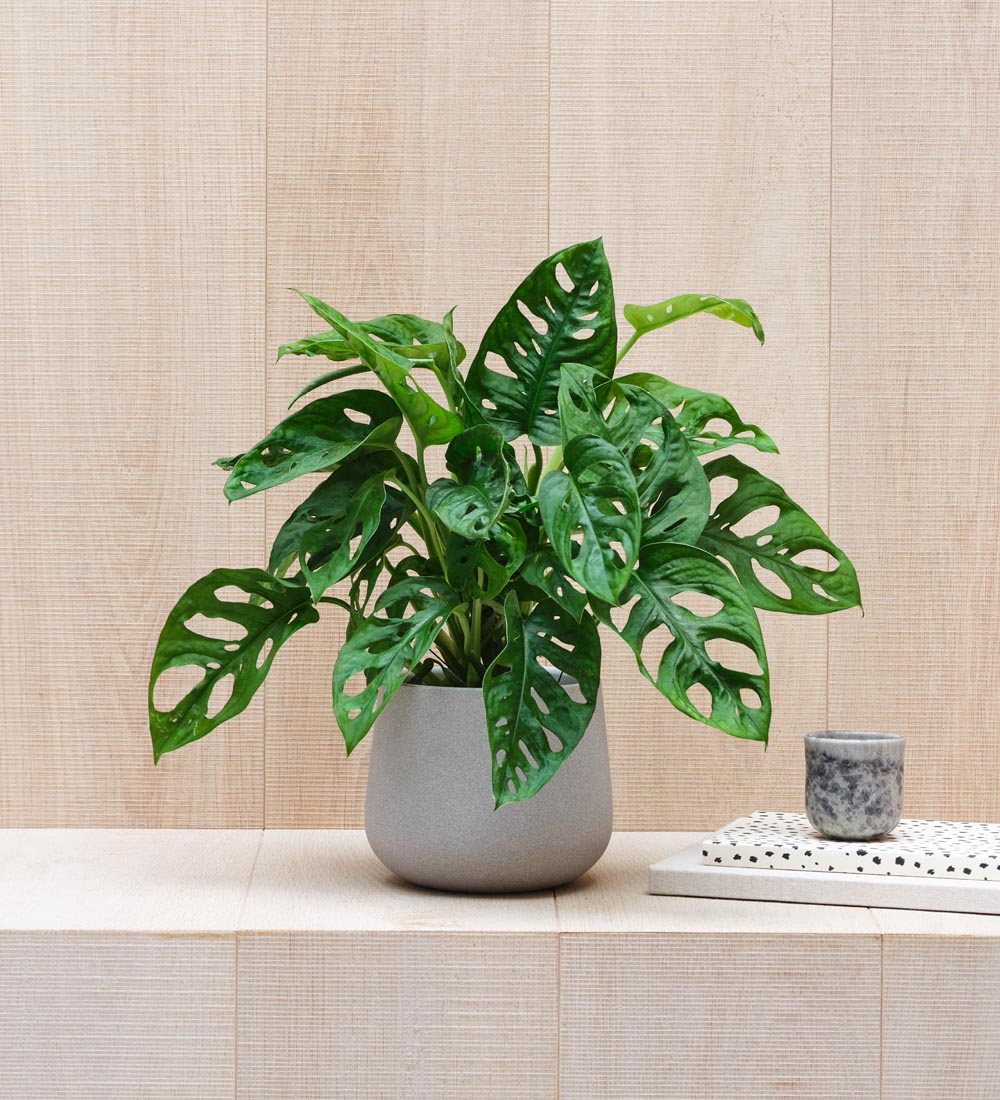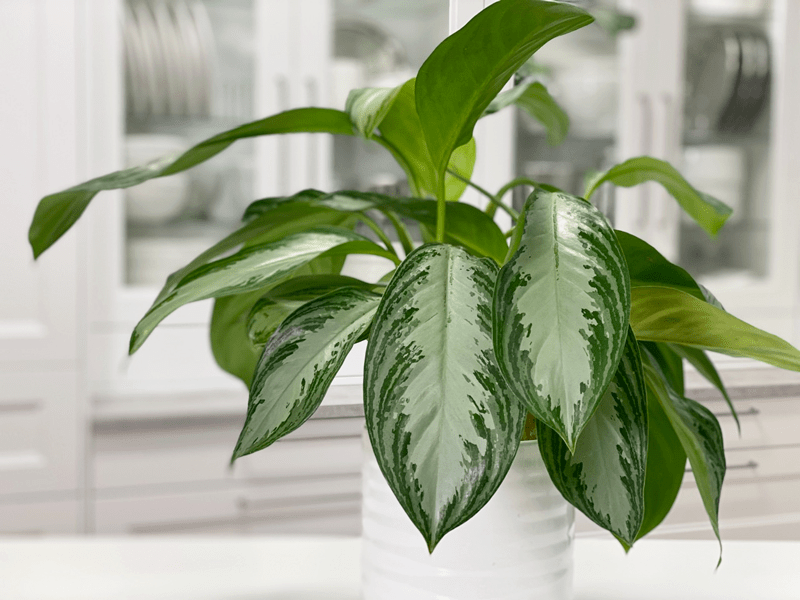Mga murang halaman na nabili ko sa Halamanan sa Taytay.
Golden Pothos, also known as Epipremnum aureum or Devil's Ivy, is a popular and easy-to-care-for houseplant with attractive trailing vines and heart-shaped leaves. Here are some care tips for Golden Pothos:
Light:
- Golden Pothos is adaptable to various light conditions but prefers bright, indirect sunlight. It can also tolerate lower light levels, but its growth may slow down.
Watering:
- Allow the top inch or so of the soil to dry out between waterings. Overwatering can lead to root rot, so it's essential to maintain well-draining soil and not let the plant sit in standing water.
Temperature:
- Keep the temperature between 65-85°F (18-29°C). It can tolerate slightly cooler temperatures but is sensitive to frost.
Humidity:
- Golden Pothos can tolerate a range of humidity levels, but it appreciates higher humidity. Regular misting can help, especially in dry indoor environments.
Soil:
- Use a well-draining potting mix with organic matter. Standard indoor plant potting mix is suitable.
Fertilization:
- Feed your Golden Pothos with a balanced liquid fertilizer every 4-6 weeks during the growing season (spring and summer).
Pruning:
- Prune to control the size and shape of the plant. Pinching back the vines can encourage bushier growth.
Propagation:
- Golden Pothos is easy to propagate through stem cuttings in water or soil.
Pests:
- Keep an eye out for pests like mealybugs, spider mites, and aphids. If you notice an infestation, treat it promptly.
Golden Pothos is a popular choice for indoor plant enthusiasts because of its attractive appearance, air-purifying qualities, and ease of care. It's an excellent option for both beginners and experienced plant lovers.
The Boston Fern, known scientifically as Nephrolepis exaltata, is a classic and popular choice for an indoor or outdoor ornamental plant. Here are some care tips for Boston Ferns:
Light:
- Boston Ferns prefer bright, indirect light. Avoid direct sunlight, which can scorch their delicate fronds. They can tolerate lower light conditions but may not grow as vigorously.
Temperature:
- Maintain a temperature range between 65-75°F (18-24°C). They are sensitive to cold drafts and temperatures below 50°F (10°C.
Watering:
- Keep the soil consistently moist but not waterlogged. Water thoroughly and ensure that the pot has proper drainage. It's essential to provide humidity through regular misting or placing a tray of water near the plant.
Humidity:
- Boston Ferns appreciate high humidity levels. Dry indoor air can lead to browning fronds, so try to maintain adequate humidity.
Soil:
- Use a well-draining potting mix with organic matter. A mix formulated for ferns is ideal.
Fertilization:
- Feed your Boston Fern with a balanced liquid fertilizer every 2-4 weeks during the growing season (spring and summer).
Pruning:
- Prune to remove dead or yellowing fronds. This can encourage new growth.
Repotting:
- Repot when the plant becomes root-bound or outgrows its container, typically every 1-2 years.
Pests:
- Keep an eye out for pests like mealybugs or spider mites and treat them promptly if you notice an infestation.
With proper care and attention to its specific needs, a Boston Fern can thrive and provide a lush and elegant addition to your indoor or outdoor space.
Monstera adansonii, also known as the Swiss Cheese Vine or Monkey Mask plant. Here's how to care for Monstera adansonii:
Light:
- Provide bright, indirect light. Avoid direct sunlight, as it can scorch the leaves. It can tolerate lower light conditions but may not grow as quickly.
Temperature:
- Maintain a temperature range between 65-75°F (18-24°C). It's sensitive to cold drafts and temperatures below 50°F (10°C.
Watering:
- Allow the top inch of the soil to dry out between waterings. Water thoroughly and ensure that the pot has proper drainage. It's better to keep the soil slightly moist but not waterlogged.
Humidity:
- Monstera adansonii appreciates higher humidity levels. Regular misting or placing a tray of water near the plant can help maintain adequate humidity.
Soil:
- Use a well-draining potting mix with organic matter. A mix designed for aroids is suitable.
Fertilization:
- Feed your Monstera adansonii with a balanced liquid fertilizer every 2-4 weeks during the growing season (spring and summer).
Pruning:
- Prune to maintain the desired shape and remove dead or yellowing leaves.
Repotting:
- Repot when the plant becomes root-bound or outgrows its container, typically every 1-2 years.
Pests:
- Keep an eye out for common houseplant pests like mealybugs, spider mites, or aphids. If you notice an infestation, address it promptly.
Monstera adansonii is known for its distinctive, Swiss cheese-like fenestrations in its leaves and makes for an attractive and trendy houseplant. With proper care, it can thrive and add a touch of tropical beauty to your indoor space.
Chinese Evergreen, known scientifically as Aglaonema, is a popular and low-maintenance indoor houseplant known for its attractive foliage. Here are some care tips for Chinese Evergreen:
Light:
- Chinese Evergreen thrives in low to moderate light conditions. It can tolerate low light but may grow more slowly and exhibit less variegation in its leaves. Avoid direct sunlight, which can scorch the leaves.
Temperature:
- Keep the temperature between 65-75°F (18-24°C). It's sensitive to cold drafts and temperatures below 50°F (10°C).
Watering:
- Allow the top inch or so of the soil to dry out between waterings. Water thoroughly and ensure that the pot has proper drainage. Chinese Evergreen is relatively forgiving when it comes to watering but is more susceptible to overwatering than underwatering.
Humidity:
- While it can tolerate a range of humidity levels, Chinese Evergreen appreciates moderate to high humidity. Regular misting or placing a tray of water near the plant can help maintain humidity.
Soil:
- Use a well-draining potting mix with organic matter. A standard indoor plant potting mix works well.
Fertilization:
- Feed your Chinese Evergreen with a balanced liquid fertilizer every 4-6 weeks during the growing season (spring and summer).
Pruning:
- Prune to control the size and shape of the plant. You can also remove dead or yellowing leaves.
Pests:
- Keep an eye out for pests like mealybugs, spider mites, or aphids. If you notice an infestation, address it promptly.
Chinese Evergreen is known for its beautiful and varied leaf patterns and is a popular choice for homes and offices because of its adaptability and low-maintenance nature. It can thrive and add a touch of greenery to your indoor space with minimal effort.














0 $type={blogger}:
Post a Comment